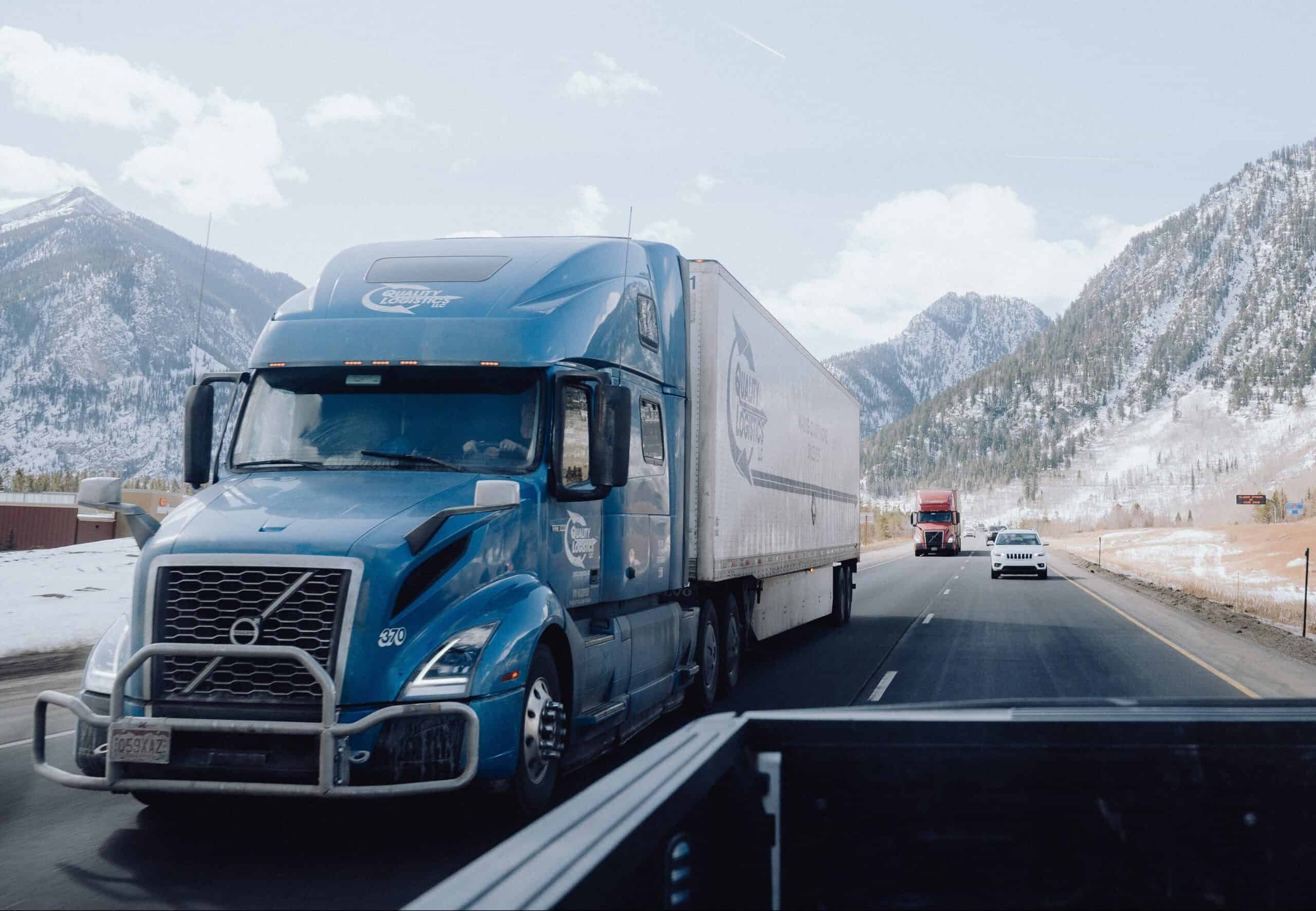Full truckload shipping, commonly referred to as FTL shipping, is a common form of shipments truckers utilize. This type of shipment means that the product you wish to transport will be exclusively using the truck. Due to this, there are various facets that come into play with FTL shipping. Let’s take a look.
How Does FTL Shipping Work?
Since full truckload shipments take up the entire shipping container, they typically pick up larger shipments. This type of shipment usually gets to their destination at a faster rate since they are the only product needed to be delivered.
Additionally, compared to other shipment types, full truckload transport means there is less handling of your product; in comparison to freight which is usually transferred to another truck mid-transit. This is important for longer hauls and a key benefit to FTL shipping. Since there isn’t a transfer of freight, your product is less likely to get damaged.
What Are FTL Shipping Requirements?
Since full truckload shipments are usually catered to for larger freight there are some weight requirements. For example, in order to qualify for this type of shipment one must have freight weighing more than 10,000 pounds or have more than 10 to 12 pallets. If you have freight under these requirements, it would be better to look into another form of shipment.
What Impacts FTL Rates?
There are few factors that impact one’s FTL rate. Here are some of the most common components that affect the overall price of using full truckload shipping.
- Mileage: Since not all roads and lanes cost the same, even if the mileage is identical, this can impact your overall price. This is due to the fact that longer distances have higher expenses when it comes to fuel, the driver’s time, and overall wear and tear.
- Fuel Charges: Since the cost of fuel fluctuates, depending on the current price, this can increase or decrease your rate.
- Freight Ratio: In locations where there is a higher demand for freight transportation than drivers available, you may be paying a higher price for your shipment.
- Freight Classification: Depending on what the freight classification is (based on density, handling, and liability) this can impact the price.
- Destination: Shipping to major hubs actually costs less in comparison to traveling to more rural destinations.
What Are the Benefits of FTL Shipping?
There are a wide variety of benefits that come along with FTL shipping. Here are some of the top reasons why you should consider this type of shipment:
- Reducing risk for damage
- Can maximize the space available for your shipments
- Higher security enforcement
- Reduces costs on shipping large items
- Faster delivery times
When It’s Best To Use FTL Freight Shipping
Wondering if the freight you are transporting is best fit for full truckload shipments? Here are some of the most common shipped products through FTL shipments.
Large Shipments
Since one of the requirements for this type of shipment is having at least 10 – 12 pallets or weight that exceeds 10,000 pounds, FTL shipments are built for larger items. In comparison to other shipment types, where one has to worry about how much space they are occupying, FTL shipments do not have this point of concern. If you plan on shipping heavy freight across the country, you should consider utilizing this form of shipment.
Expedited Delivery
Since it is the only freight needed to be transported in the container, FTL shipments tend to have a fast delivery time. Usually truck drivers transfer trucks mid-transit or make multiple stops for each delivery in the container. FTL shipments eliminate the need to stop as frequently, making it easier for your freight to arrive at an expedited rate.
Fragile Goods
Since there is less handling dealt with FTL shipments, it is less likely that your fragile cargo will be harmed in transit. Moreover, your freight does not have to accommodate other items in the cargo. Meaning, that for fragile goods, the truck driver will be able to secure its placement in the safest way possible. Whereas for other types of shipments, your fragile goods would be placed in the most convenient way possible to make room for the other products.
Shipping Perishables
One of the main benefits of FTL shipping is its fast delivery time. If you are transporting perishable goods, it is important to get to your destination in a timely manner. This is the most convenient way, and fastest way, these goods can be delivered. With minimal disruptions, your goods will be delivered prior to perishment.
When You Shouldn’t Use FTL Shipping
Although this is a great shipment type for some items, it is not suitable for all types of freight. If you have freight under 15,000 pounds or less than 10 pallets, it may be better to look into other forms of transportation. Even though full truckload shipments may still be an option, they most likely will be more expensive to transfer.
Key Comparisons: FTL vs LTL Shipping
LTL shipping, commonly referred to as less than truckload shipping, is another common way for freight to be shipped. Unlike FTL shipping, LTL shipments take freight that weighs between 150 to 15,000 pounds or less than 10 to 12 pallets. LTL shipments economically make more sense for someone who wishes to ship smaller loads. This is because LTL shipments share the space with other freight, meaning that the transportation costs are also shared and therefore reduced.
Is FTL Shipping Right For You
If you plan on shipping freight that weighs more than 10,000 pounds or has 10 to 12 pallets, FTL shipments may be your best option. Not only do FTL shipments reduce the risk of your freight being damaged, but it also has faster shipping times. This is a great way to ship large items, perishable goods, and fragiles goods as well. If your freight falls into any of these categories, you should consider FTL shipping to reap these benefits.


